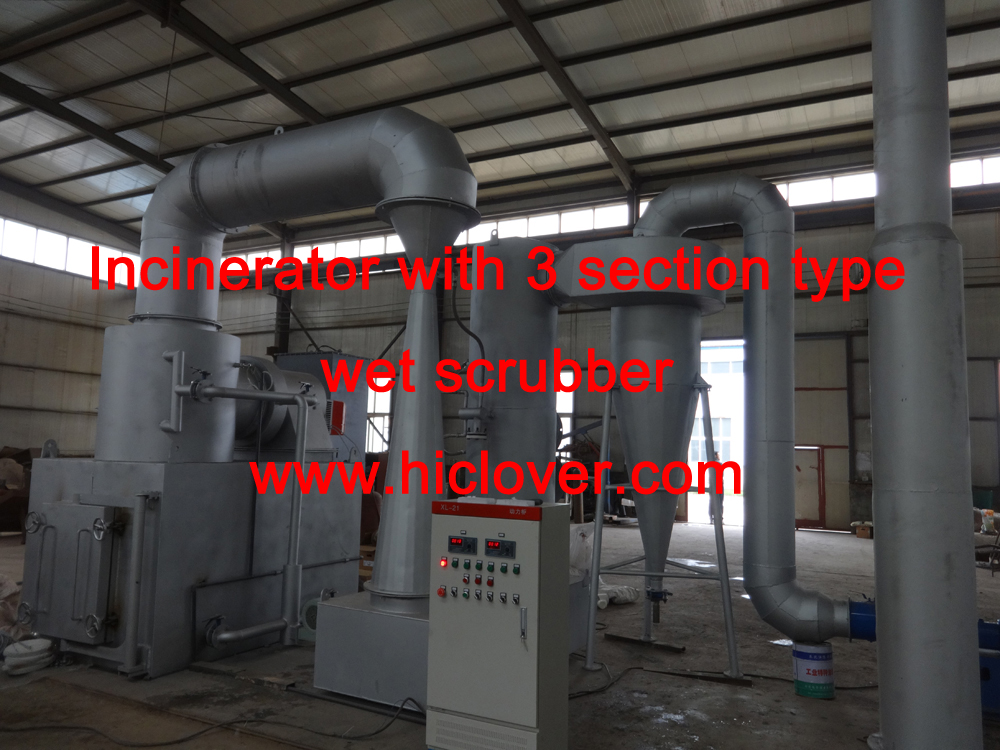Medical waste treatment is a crucial process in the healthcare industry. It involves the proper management and disposal of potentially infectious and hazardous waste generated by healthcare facilities. This waste can include a vast array of items, including used needles, syringes, bandages, and various other items that have come into contact with bodily fluids or other potentially infectious materials. It is essential to understand the risks and challenges associated with medical waste treatment in order to ensure the safety of healthcare workers, patients, and the environment.
One of the primary risks of medical waste treatment is the potential exposure to infectious agents. Healthcare workers who handle medical waste are at risk of coming into contact with bloodborne pathogens and other infectious materials. Proper training and the use of personal protective equipment (PPE) are essential for minimizing the risk of exposure. In addition, healthcare facilities must have strict protocols in place for the proper handling and disposal of medical waste to prevent the spread of infectious diseases.
Another significant challenge of medical waste treatment is the proper disposal of hazardous materials. Many medical waste items, such as pharmaceuticals, chemotherapy agents, and radioactive materials, are considered hazardous and must be disposed of with care. Improper disposal of hazardous medical waste can have serious consequences for the environment and public health. Healthcare facilities must comply with local, state, and federal regulations for the disposal of hazardous waste, including proper labeling, storage, and transportation requirements.
Furthermore, medical waste treatment also presents challenges in terms of sustainability and environmental impact. Incineration, one of the traditional methods of medical waste treatment, can release harmful pollutants into the air and contribute to air pollution. As a result, there is a growing push for more sustainable and environmentally friendly methods of medical waste treatment, such as autoclaving, microwaving, and chemical treatment. These methods can effectively sterilize medical waste while minimizing the impact on the environment.
In recent years, there has also been an increased focus on the need for proper medical waste management in low- and middle-income countries, where the lack of infrastructure and resources can exacerbate the risks and challenges associated with medical waste treatment. The improper disposal of medical waste in these settings can have severe consequences for public health and the environment, making it crucial to prioritize the development of sustainable and effective medical waste treatment strategies in these regions.
In conclusion, understanding the risks and challenges of medical waste treatment is essential for ensuring the safety of healthcare workers, patients, and the environment. Proper training, use of personal protective equipment, and compliance with regulations are crucial for minimizing the risk of exposure to infectious agents and hazardous materials. Additionally, efforts to develop sustainable and environmentally friendly methods of medical waste treatment are essential for reducing the impact on the environment. By addressing these risks and challenges, healthcare facilities can effectively manage and dispose of medical waste in a safe and responsible manner.



